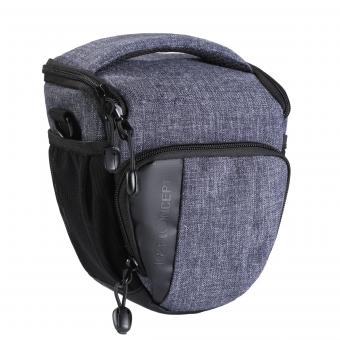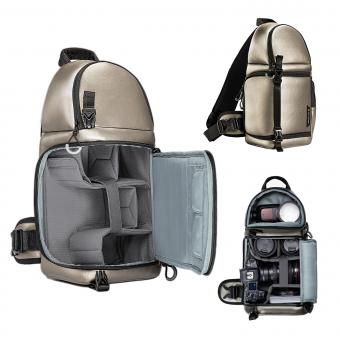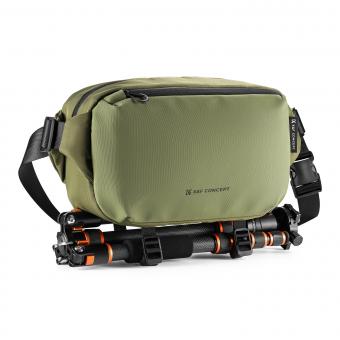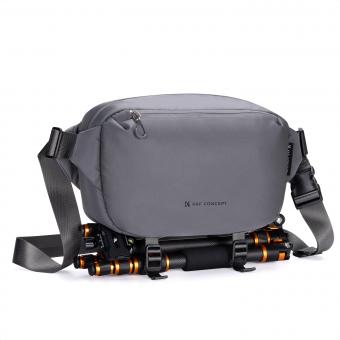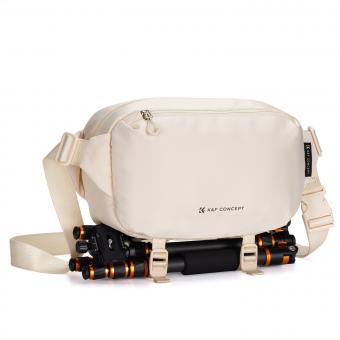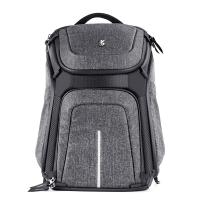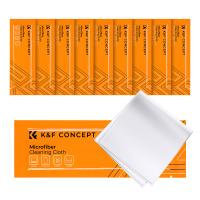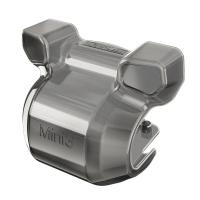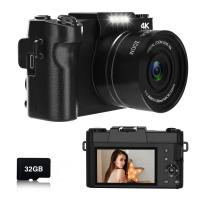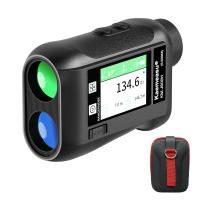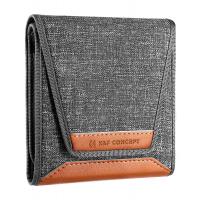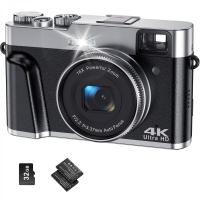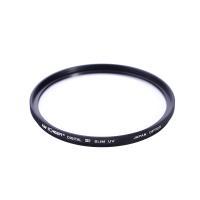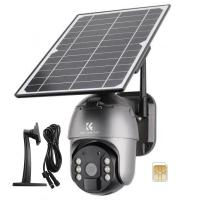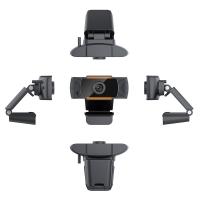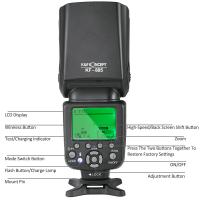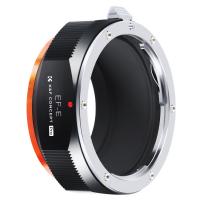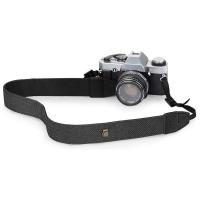How To Protect Camera In Bag?
When it comes to protecting your camera in a bag, there are several key considerations to ensure your valuable equipment remains safe from damage. Whether you're a professional photographer or an enthusiastic hobbyist, understanding how to properly store and transport your camera can make a significant difference in its longevity and performance. In this article, we will explore various strategies and tips to protect your camera while it's in your bag, addressing common concerns and providing practical solutions.
Choosing the Right Bag
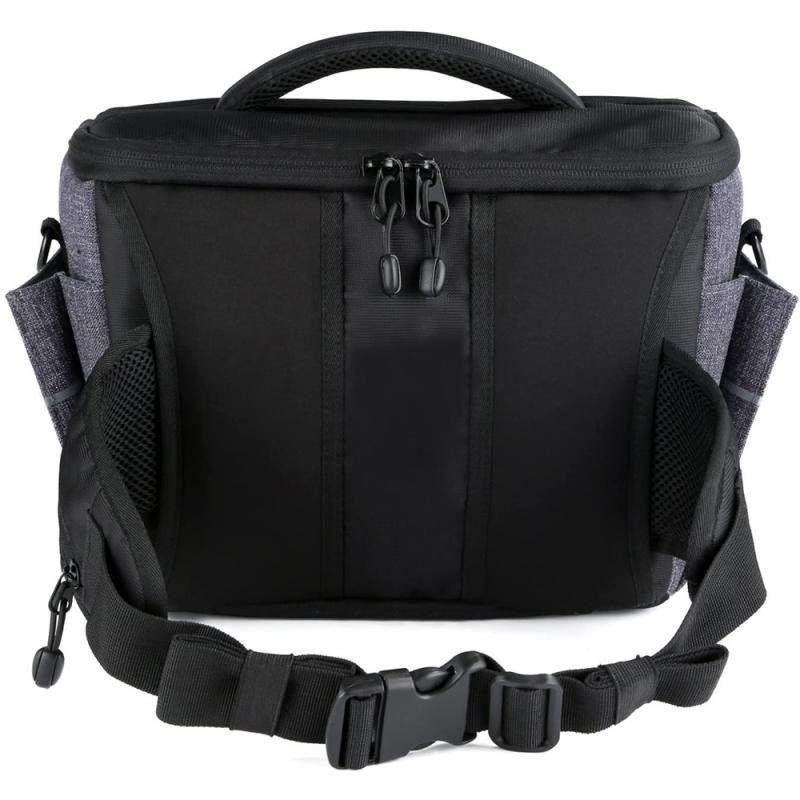
The first step in protecting your camera is selecting the right bag. Not all bags are created equal, and the type of bag you choose can have a significant impact on the safety of your camera. Here are some factors to consider:
1. Padding and Compartments: Look for a bag with ample padding and customizable compartments. This will help absorb shocks and prevent your camera and lenses from bumping into each other.
2. Weather Resistance: If you often shoot outdoors, consider a bag that offers weather resistance or comes with a rain cover. This will protect your gear from moisture and dust.
3. Size and Fit: Ensure the bag is the right size for your camera and accessories. A bag that's too large can cause your gear to shift around, while one that's too small may not provide adequate protection.
4. Accessibility: Choose a bag that allows easy access to your camera and lenses. This will minimize the time your gear is exposed to potential hazards when you need to grab it quickly.
Using Protective Gear
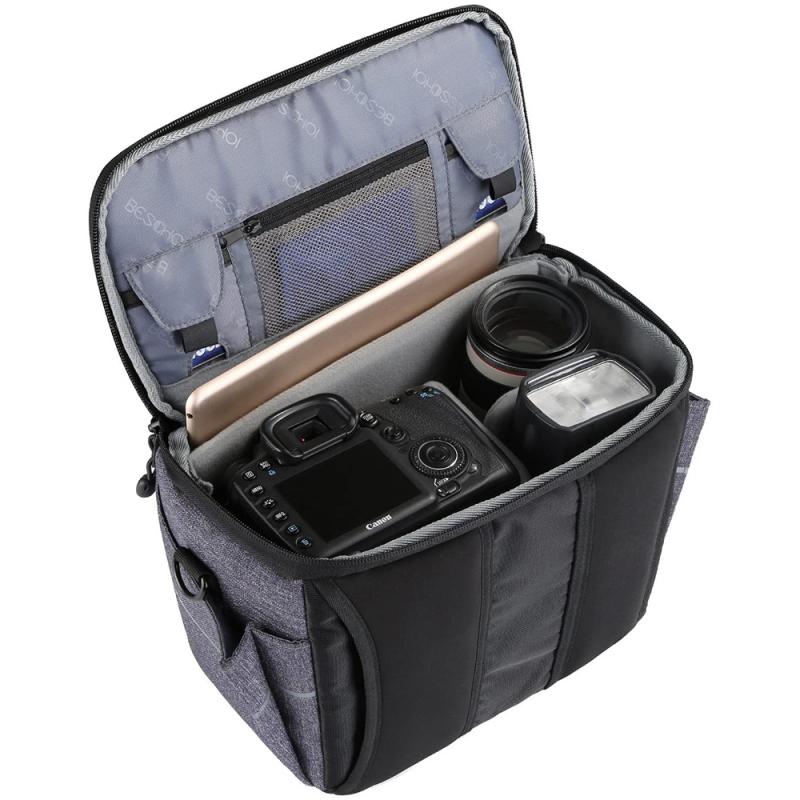
In addition to a good bag, using protective gear can further safeguard your camera. Here are some essential items to consider:
1. Lens Caps and Body Caps: Always use lens caps and body caps when your camera is not in use. This will protect the delicate glass elements and internal components from dust and scratches.
2. Lens Hoods: A lens hood can protect the front element of your lens from impacts and also reduce lens flare.
3. Screen Protectors: Apply a screen protector to your camera's LCD screen to prevent scratches and smudges.
4. Camera Wraps and Pouches: Consider using camera wraps or pouches for additional padding. These can be particularly useful if you need to carry your camera in a non-camera-specific bag.
Proper Packing Techniques
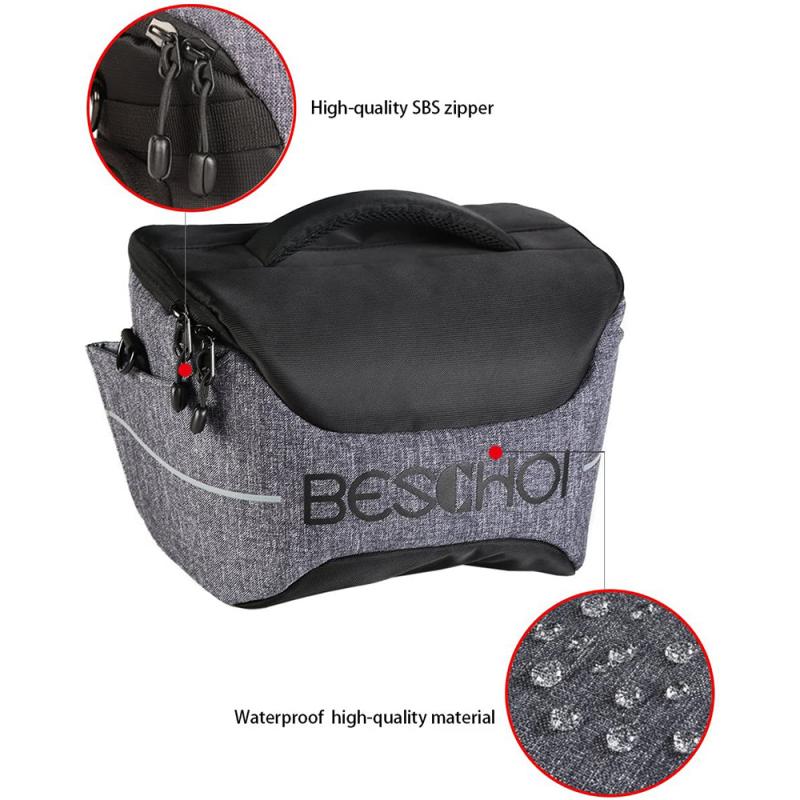
How you pack your camera in the bag is just as important as the bag itself. Here are some tips for packing your camera safely:
1. Separate Compartments: Use the bag's compartments to keep your camera and lenses separate. This will prevent them from knocking against each other.
2. Lens Orientation: Store lenses with the rear element facing down. This reduces the risk of damage to the more delicate front element.
3. Secure Straps: Ensure that any straps or dividers in the bag are securely fastened. This will keep your gear in place and prevent it from shifting during transport.
4. Avoid Overpacking: Do not overstuff your bag. Overpacking can put pressure on your camera and lenses, increasing the risk of damage.
Handling and Transport
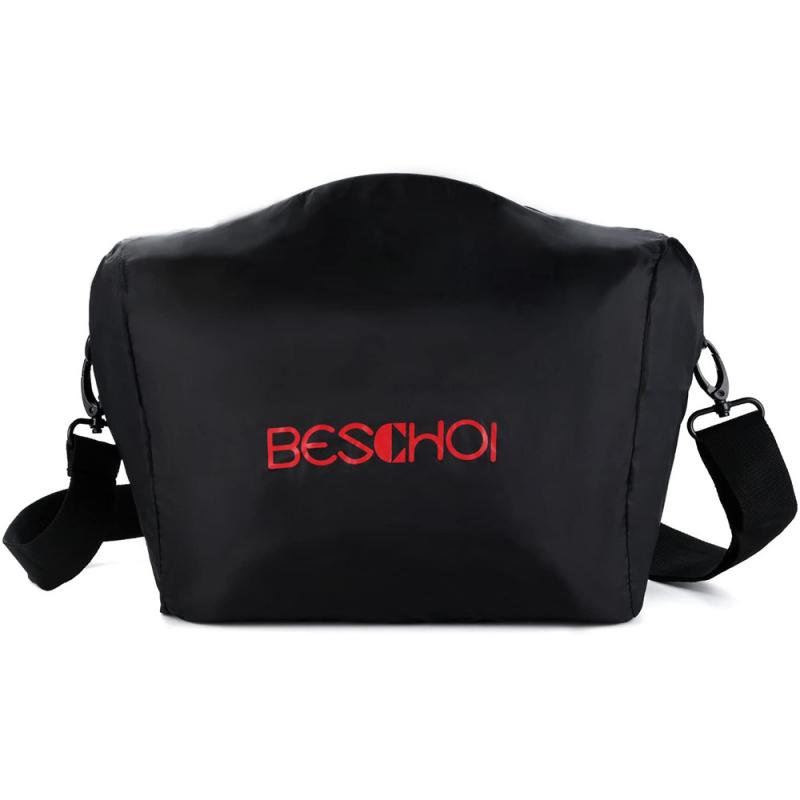
How you handle and transport your bag can also affect the safety of your camera. Here are some best practices:
1. Gentle Handling: Always handle your bag with care. Avoid dropping it or placing it in situations where it could be knocked over.
2. Secure Transport: When traveling by car, place your bag on a seat or in a secure location where it won't slide around. If you're flying, consider carrying your camera bag as hand luggage to keep it within your control.
3. Avoid Extreme Conditions: Try to avoid exposing your camera to extreme temperatures or humidity. If you must shoot in such conditions, allow your camera to acclimate gradually to prevent condensation.
Regular Maintenance
Regular maintenance can also help protect your camera in the long run. Here are some maintenance tips:
1. Clean Your Gear: Regularly clean your camera and lenses to remove dust and debris. Use a blower, brush, and microfiber cloth for this purpose.
2. Check for Damage: Periodically inspect your camera and lenses for any signs of damage. Address any issues promptly to prevent further damage.
3. Update Firmware: Keep your camera's firmware up to date. This can improve performance and fix any potential issues.
Additional Tips
Here are a few additional tips to keep in mind:
1. Insurance: Consider insuring your camera gear. This can provide peace of mind and financial protection in case of theft or accidental damage.
2. Backup Gear: If possible, carry backup gear. This can be particularly useful if you're on a professional shoot and can't afford any downtime.
3. Label Your Bag: Clearly label your camera bag with your contact information. This can help in case it gets lost or misplaced.
Protecting your camera in a bag involves a combination of choosing the right bag, using protective gear, packing properly, handling with care, and performing regular maintenance. By following these guidelines, you can ensure that your camera remains safe and in good working condition, allowing you to focus on capturing stunning images without worrying about potential damage. Whether you're traveling to a remote location or simply heading out for a local shoot, taking these precautions will help you get the most out of your camera and extend its lifespan.


